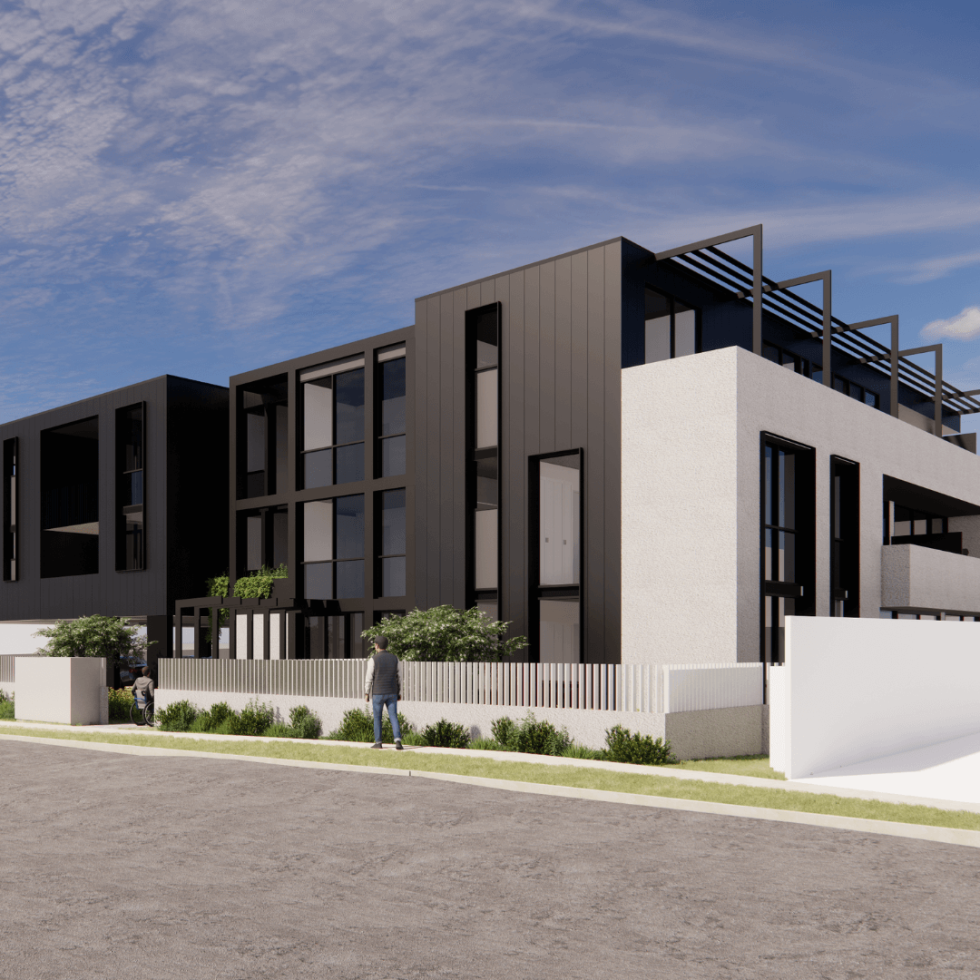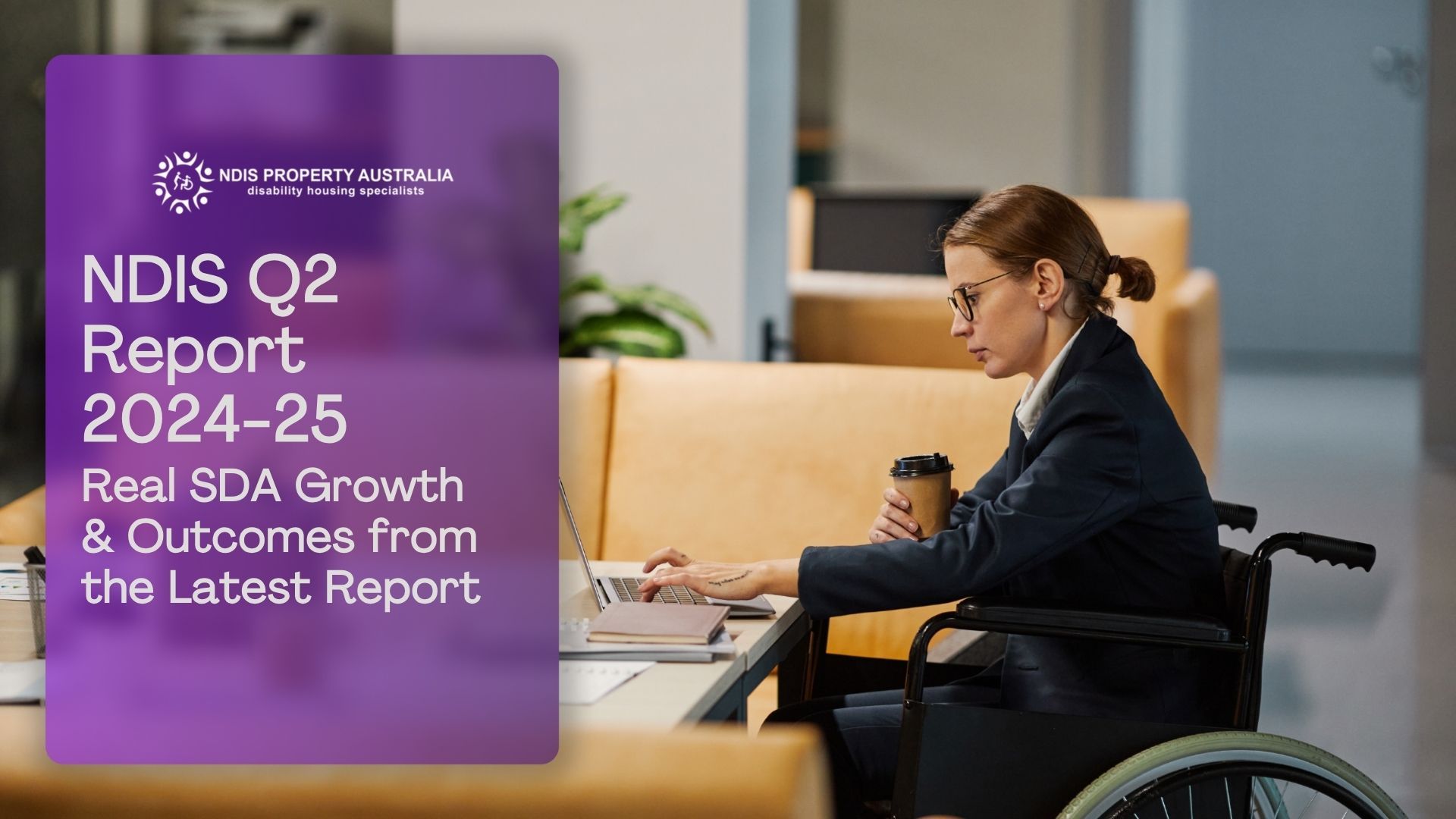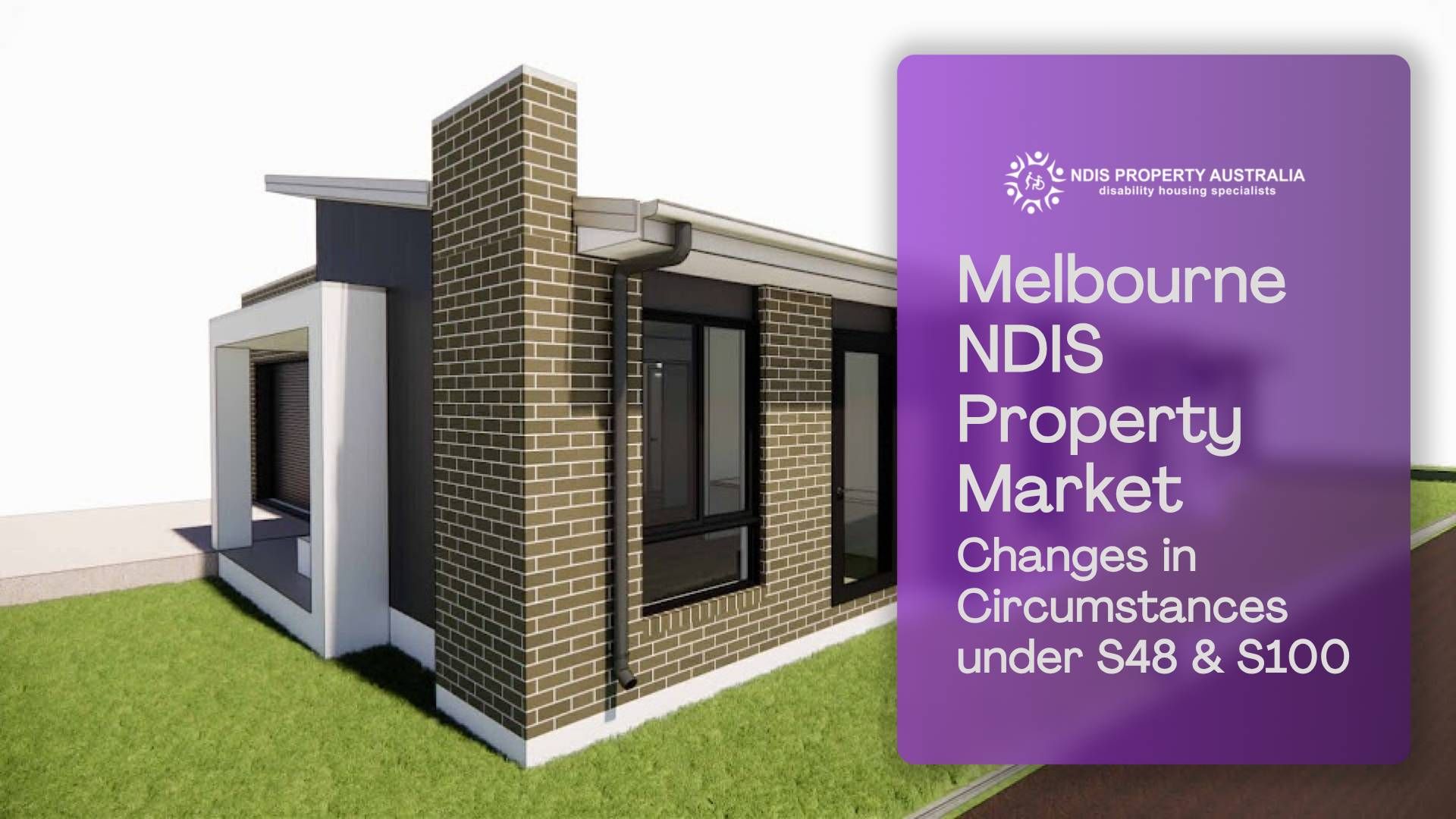SDA Market Shifts! The Move Towards Apartments and The Rise of New Investor Strategies.
The NDIS property market has seen significant changes in recent years. While many investors initially flocked to house and land packages, rising land and construction costs are making these options less appealing, especially in sought-after suburban areas. Meanwhile, SDA apartments have gained popularity, particularly in established urban areas. These properties often offer lower upfront costs, faster completion times, and better access to essential services for NDIS participants. However, this shift doesn’t come without its risks.
In this article, we’ll cover why now might not be the best time to go for traditional SDA house and land packages, why SDA apartments are becoming the preferred option, and how to avoid the costly mistakes others are making in 2024.
Why House and Land Packages Are Becoming Too Expensive?
House and land packages were once the gold standard for SDA investment, however oversupply in greenfield areas has shifted the market. The escalating costs of land and construction in inner and mid-ring areas of the larger cities are pushing the price of these properties into the stratosphere. In prime areas, land alone can cost between $1 million to $2 million, leaving many investors with little option but to pull out of these deals.
On top of that, construction delays and the risk of builder insolvency are creating additional stress for investors. The combination of rising land prices and construction uncertainties makes house and land packages less appealing for most investors.
So, what’s the alternative? More investors are shifting toward SDA apartments, and here’s why:
Faster Completion Times
Unlike house and land packages, SDA apartments often have quicker construction timelines, allowing investors to start generating rental income sooner.
Lower Upfront Costs
SDA apartments typically require a smaller deposit (10-20%), making them much more affordable compared to house and land packages in high-demand areas.
Single-Tenant Focus
Apartments designed for single tenants are much easier to manage than multi-tenant properties. With a single-tenant arrangement for people with disabilities, investors face fewer vacancies and more stable rental income.
Closer to Amenities
SDA apartments in established areas have better access to healthcare, transport, and community services. This proximity makes them more desirable for NDIS participants, ensuring strong demand.
Read also: 7 Mistakes to avoid when investing in NDIS Properties
Oversupply Risk: Avoid the Traps in Outer Suburbs
While SDA apartments present great opportunities, not every location is a good choice. Oversupply is a growing problem, particularly in some outer suburban areas.
For example, parts of Melbourne are seeing too many SDA properties that aren't attracting enough tenants. In these regions, rents are dropping, vacancies are rising, and lenders are starting to withdraw support due to the risk of overinvestment. If you invest in oversupplied areas, you might find it harder to secure long-term tenants or achieve a reasonable return.
Several factors contribute to oversupply. First, some regions saw a rush of developers building large numbers of SDA properties without fully assessing long-term demand trends. Secondly, areas experiencing rapid growth or development may initially seem attractive, but the actual demand for SDA properties can vary significantly depending on local population needs and infrastructure.
Another issue is the tightening of lending conditions in oversupplied areas. Banks and lenders may flag these locations as high-risk, and this can make financing more difficult. If too many properties are competing for the same pool of NDIS participants, it drives rents down and increases vacancy rates, which ultimately reduces the overall profitability for investors.
Don’t Rely on Outdated Trends
What worked in previous years might not work in 2025. Using outdated trends to make investment decisions could lead to poor returns. Investors need to rely on real-time data to pinpoint areas with high demand and identify potential oversupply risks before they commit.
The market is shifting, and properties that were once in high demand may not be as valuable now. By understanding the current landscape through accurate data, investors can make smarter choices about where to buy.
Cash Flow vs. Capital Growth: Focus on Long-Term Returns
Unlike traditional property investment that focuses on capital growth, SDA properties are more about cash flow. These properties offer steady, reliable rental income that is tied to the Consumer Price Index (CPI), meaning rents increase annually. This makes them an attractive option for investors looking for long-term cash flow.
If your investment strategy revolves around income, then SDA apartments are currently a better option than traditional properties in high-growth areas.
Conclusion
Investing in SDA properties can still be profitable, but it requires careful planning and research. SDA apartments in the right areas offer the best returns with quicker completion times, lower costs, and higher demand. Be sure to avoid oversupplied areas and use data-driven insights to make the right investment choices.
For safer, more reliable options, consider investing in SDA apartments in well-established areas like below:





